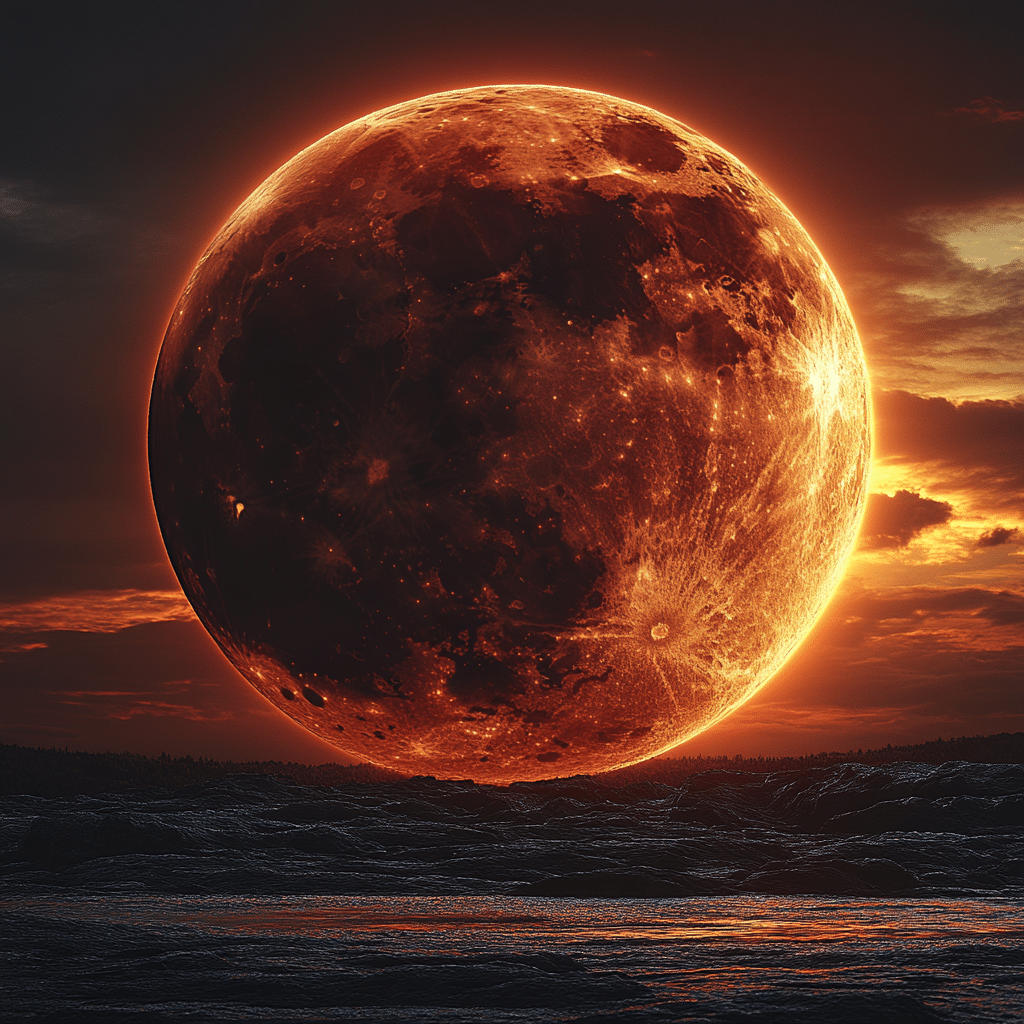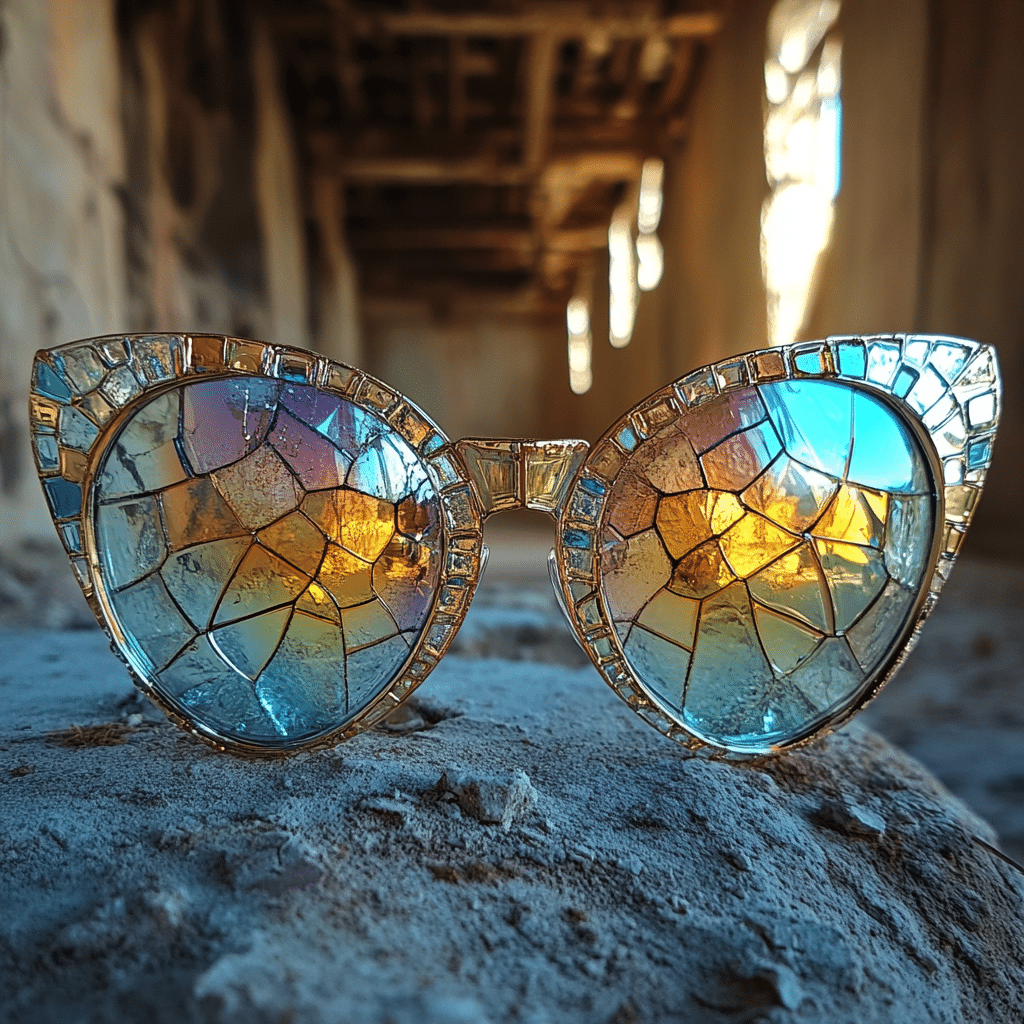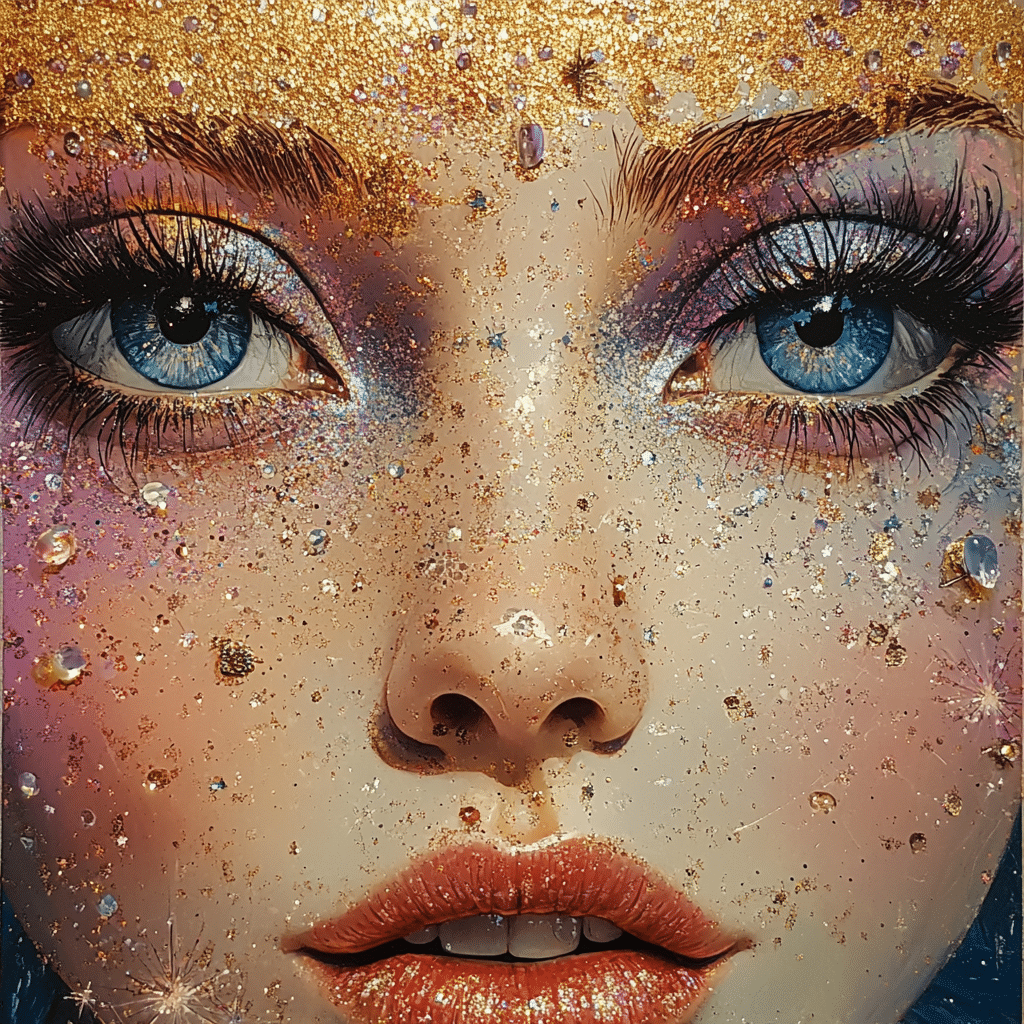When it comes to the celestial wonders of our cosmos, solar eclipse vs lunar eclipse often sparks intense discussions among enthusiasts and casual observers alike. These mesmerizing astronomical events not only showcase nature’s beauty but also lead us to ponder our place in the universe. Let’s delve into what sets these two phenomena apart, explore why solar eclipses often take center stage, and appreciate the unique charm of lunar eclipses.
1. Defining the Phenomena: What Sets Solar and Lunar Eclipses Apart
Solar Eclipse: A solar eclipse occurs when the Moon passes between the Earth and the Sun. This creates a spectacle where the Moon either partially or fully blocks the Sun’s light. The most breathtaking moment is during totality, when the day turns into a brief twilight, leaving onlookers in awe of this sudden darkness.
Lunar Eclipse: In contrast, a lunar eclipse happens when the Earth is positioned between the Sun and the Moon. This alignment casts a shadow on the Moon, often leading to a captivating reddish hue known as a “blood moon.” What’s great about lunar eclipses is that they can be viewed from anywhere on the night side of the Earth, making them more accessible for the average skywatcher.
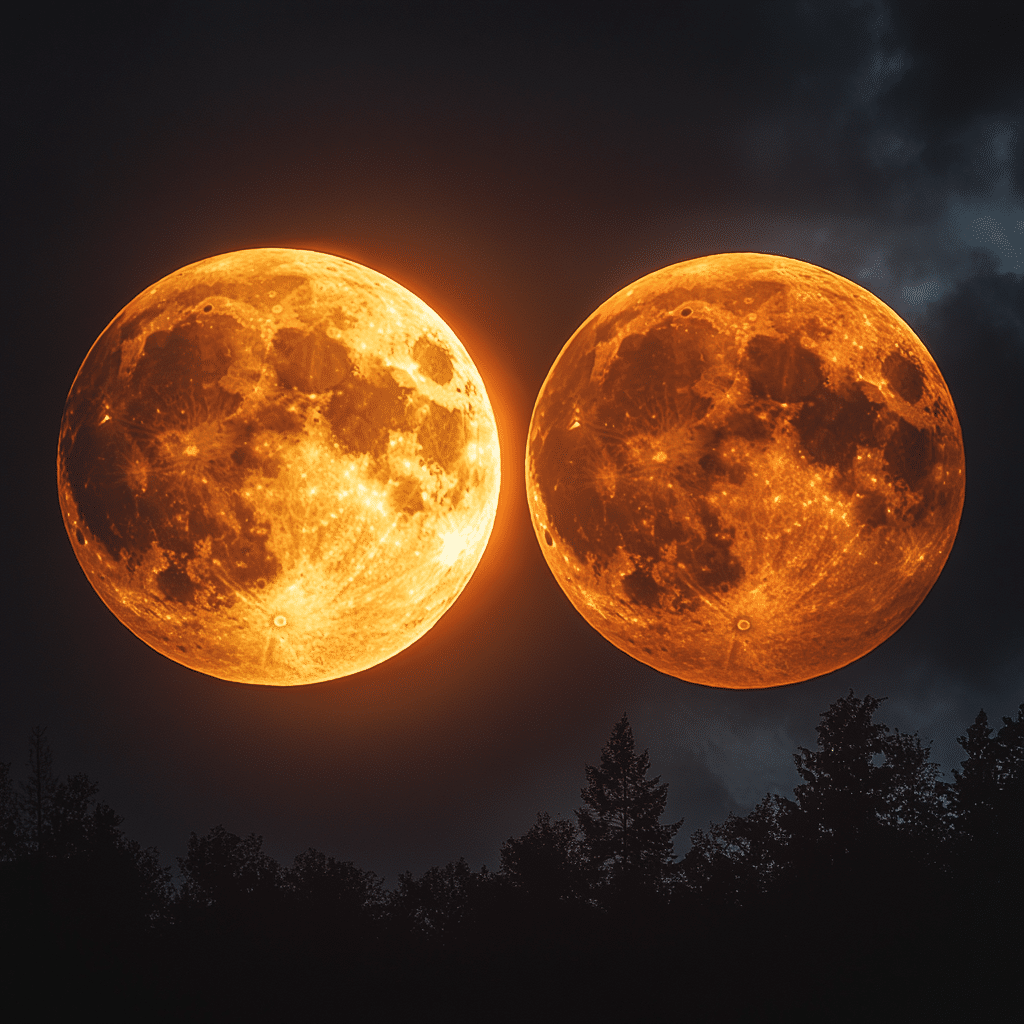
2. Top 5 Reasons Solar Eclipses Are Considered More Stunning
2.1. Visual Impact: A Dramatic Transformation of Daylight
There’s nothing quite like a solar eclipse. Take, for example, the total solar eclipse that occurred on August 21, 2017. Millions of people across the United States experienced a brief period of eerie twilight, where daylight faded in an instant. This dramatic transformation evokes a sense of wonder that stays with observers long after the event.
2.2. Rarity and Waiting Experience
Solar eclipses are rarer than their lunar counterparts. On average, total solar eclipses happen about every 18 months somewhere on Earth, creating a sense of anticipation. For skywatchers, the thrill of planning a trip to the path of totality makes the experience feel like a once-in-a-lifetime opportunity.
2.3. Cultural Significance and Legends
From ancient civilizations to modern-day cultures, solar eclipses have often been viewed as harbingers of change or omens. The Mayans, for example, kept detailed records of these events, believing they held profound significance for their society. The excitement and anxiety surrounding solar eclipses lead to gatherings and celebrations, turning the experience into a collective event.
2.4. Unique Viewpoints and Special Equipment
To safely view a solar eclipse, observers need solar glasses or filters, making the experience a bit more technical and engaging. This necessity adds a layer of preparation and involvement that many find thrilling. There’s a certain camaraderie in sharing solar viewing equipment with friends and family, heightening the overall experience.
2.5. Interactive Events and Media Coverage
The buzz surrounding solar eclipses attracts extensive media coverage and has inspired community events, injecting a spirit of festivity into the skywatching experience. In 2024, the path of totality will stretch through Mexico, the U.S., and Canada, promising a series of public events and celebrations that bring people together for a shared cosmic experience.
3. Lunar Eclipses: Why They Hold Their Own
3.1. Accessibility: Watch From Home
One major benefit of lunar eclipses is their accessibility. There’s no need for special glasses or filters. Families can comfortably enjoy the spectacle from their backyards, making it a popular event for those who may not typically engage in astronomy. As long as you’re on the night side of the Earth, you’re good to go!
3.2. Lasting Duration: A Slow Reveal
Lunar eclipses unfold over a more extended period, often lasting several hours. This extended duration allows observers to savor the gradual transition of the Moon. During a total lunar eclipse, viewers can enjoy the entire experience, from the penumbral phase to the full spectacle, even engaging in leisurely conversations as they watch.
3.3. Scientific Importance: A Window into Earth’s Shadow
Lunar eclipses are not just beautiful to watch; they also offer valuable scientific insights. Astronomers can study the Earth’s atmosphere by observing the Moon’s color changes during the event. As light from the Sun passes through the Earth’s atmosphere, scientists can gain crucial data about air quality and atmospheric conditions.
3.4. Aesthetic Appeal: The Blood Moon Phenomenon
The blood moon phenomenon captivates many skywatchers. Photographers like Daniel Kordan have mastered the art of capturing this hauntingly beautiful transformation. The sight of the Moon turning a striking red invites creativity and expression, leading to stunning photographs that showcase the celestial wonders of our universe.
3.5. Folklore and Cultural Engagement
Lunar eclipses have inspired numerous folklore and myths across cultures. The reddish hue of the Moon often invokes strong interpretations tied to deities or mythological tales, enriching the cultural experience. For many, lunar eclipses become moments of reflection and storytelling under the starlit sky.
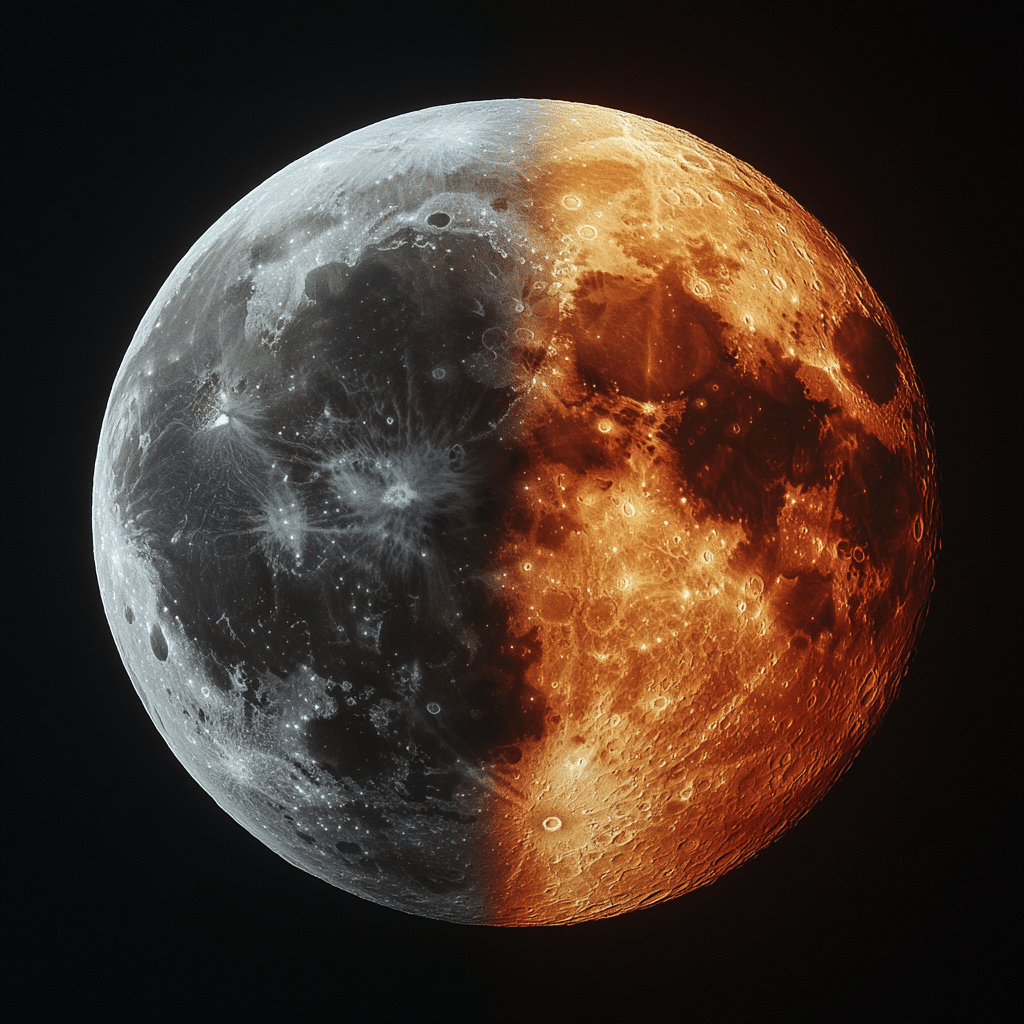
4. Comparing Experiences: Solar Eclipse vs Lunar Eclipse
| Aspect | Solar Eclipse | Lunar Eclipse |
|———————-|————————————————-|————————————————–|
| Duration | Few minutes of totality | Several hours of progress |
| Viewing Conditions | Requires solar filters or glasses | Can be viewed without special equipment |
| Frequency | Less frequent (every 18 months globally) | More common (often multiple times a year) |
| Cultural Significance | Treated as omens with festive events | Seen as a more regular event with folklore |
| Visual Effects | Daylight suddenly changes to twilight | Moon takes on a reddish hue |
5. The Personal Touch: Capturing the Moments
Personal experiences of solar and lunar eclipses vary widely. Dr. J. M. Hossain, an accomplished astronomer, described witnessing the 2021 total solar eclipse as “beyond anything I had imagined.” The emotional reactions of the crowd gasping during totality were pivotal to his memorable experience. For many, watching a lunar eclipse is a quieter moment—a shared experience that fosters bonding over stories and snacks under the night sky.
Capturing the Essence of Celestial Wonders
In the end, while the allure of a solar eclipse often overshadows that of a lunar eclipse, each event brings its unique luster to our understanding of the cosmos. Whether it’s the cultural interpretations, scientific observations, or shared moments with loved ones, both solar and lunar eclipses offer glimpses into the wonders of the universe. Whether you’re catching an eerie twilight or marveling at a serene blood moon, you’re witnessing nature’s stunning spectacles. The exploration of these celestial events reminds us of the intricate dance of the solar system and our delicate connection to the universe.
For more engaging content on science, astronomy, or personal stories, check out our articles on therapy Notes, or explore cultural nuances by reading about Joe Montana ‘s wife. And as always, don’t forget to stay informed with Cable News network news for the latest updates on everything under the sun—literally!
Solar Eclipse vs Lunar Eclipse: The Ultimate Showdown
The Solar Eclipse Experience
When you think of a solar eclipse, you’re picturing the sun being partially or fully blocked out by the moon. This awe-inspiring event, which can turn daylight into twilight, can feel like something out of a fantasy novel. Did you know that the ancient civilizations believed solar eclipses were messages from the gods? In fact, if you want to keep your spirits up during the wait for your next solar spectacle, you might consider some cozy music—like Wham’s classic “Last Christmas,” which is perfect for those quiet moments of anticipation! Planning a viewing party? Be sure to check if everyone’s healthy enough to venture out; for example, you might ask, can You drink on Dayquil? It’s best to know your limits before diving into the eclipse.
Lunar Eclipse Wonders
On the flip side, lunar eclipses can be equally captivating, transforming the moon into deep shades of red. This phenomenon occurs when the Earth passes between the sun and the moon, casting a shadow on our lunar neighbor. Many folks might prefer lunar eclipses, as they happen at night and can be viewed without special glasses—bonus points for convenience! And did you know that the color change during a lunar eclipse is often compared to the hue of rust or a copper penny? Now that’s a fun image to ponder! Similar to how we think about today’s connections hint, a lunar eclipse might just offer a different perspective on life’s mysteries.
The Showdown Continues
In the solar eclipse vs lunar eclipse debate, one significant draw is that solar eclipses can create a dramatic drop in temperature, making everything eerily quiet—a phenomenon that nature lovers live for! In contrast, lunar eclipses are more consistent in frequency, occurring about twice a year. They’re a regular reminder that there’s beauty in cycles, much like the ups and downs we see in media discussions, like those intriguing pieces on “Am I Racist” ratings that swirl around social consciousness. So, whether you’re all about those dazzling solar moments or prefer the subtler charm of a lunar glow, each eclipse telling its own story—just like our favorite characters, like Jjk yuji, in a riveting anime saga.
In this thrilling solar eclipse vs lunar eclipse showdown, both have their charm. Whether you’re cheering from the sidelines or immersed in the spectacle, the magic of eclipses is here to stay! So, grab your telescope or blanket, and get ready to appreciate the dance of shadows in the sky!
